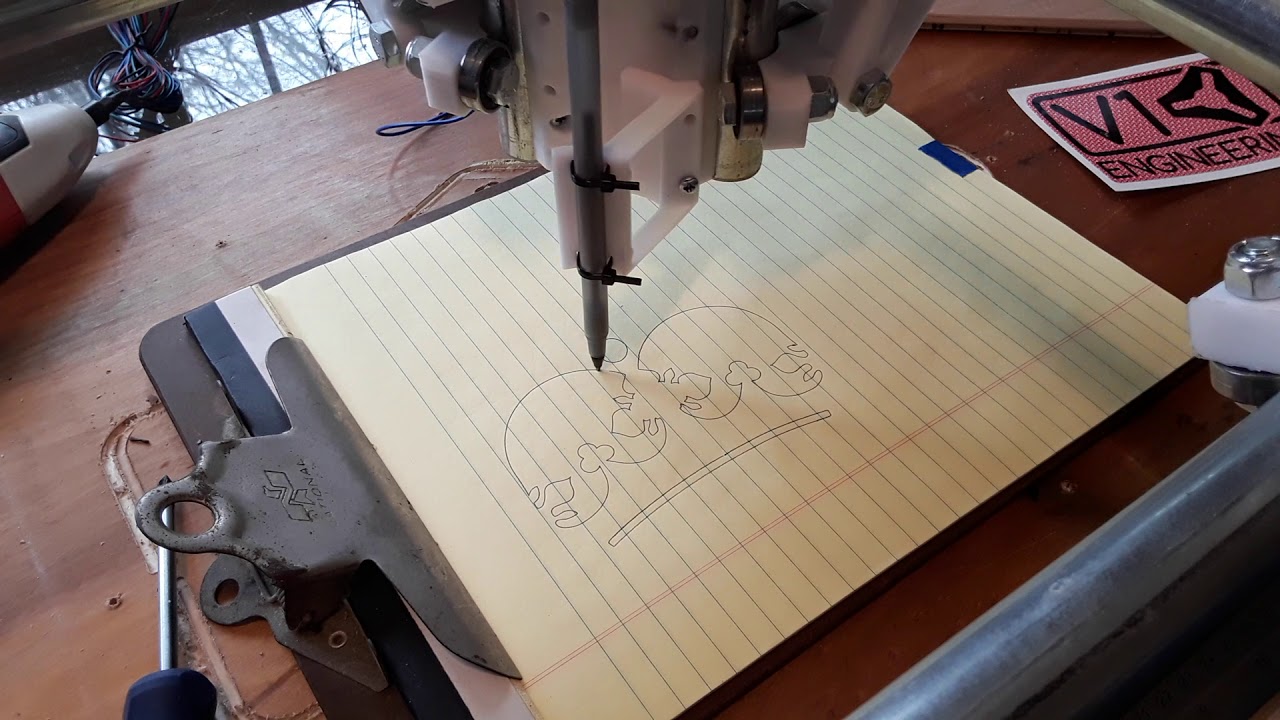Almost. The breakout board doesn’t have the stepper drivers. It just has the pinouts for step, dir, enable that you would feed to the drivers. But yes, the relay(s) would be for controlling main power to the spindle, fans, vac, whatever directly from the board without needing another power control board. There are also inputs on the breakout for encoders (not needed for open loop steppers) or endstops, or whatever else floats your boat.
Big edit (now on computer)…
The breakout board in the OP does have a relay for spindle/vac/whatever control, as well as inputs for endstops, encoders, or whatever else you fancy. LinuxCNC is quite powerful in what you can program it to do…
There is also a high(er) voltage input (12/24V?) as well as the 5V USB logic power input. The board is already “configured” for a basic 5-6 axis setup, with step and dir pins for each axis, and usually a common enable. There are also a few standard output pins for low-voltage controls as well as at least one PWM pin. You still need a stepper driver to take those step, dir and enable pins (plus a power source) , and make a motor move, which is the job of the CNC shield. It’s a dead-simple four-driver breakout board, really.
And that’s all you need.
Now, you get into the 7i79 (FPGA) boards (at >$100 a pop), and first, you’re usually talking about an ethernet connection, then you’re talking about a lot more gpio pins to work with (usually close to 80, I think). Those are how the “big boys” play with their big toys. That’s when you’re talking about CNC milling machines, not DIY CNC routers. They have multiple axis machines, with multiple coolant flows, tool changers, encoded servos, etc, etc., etc.






